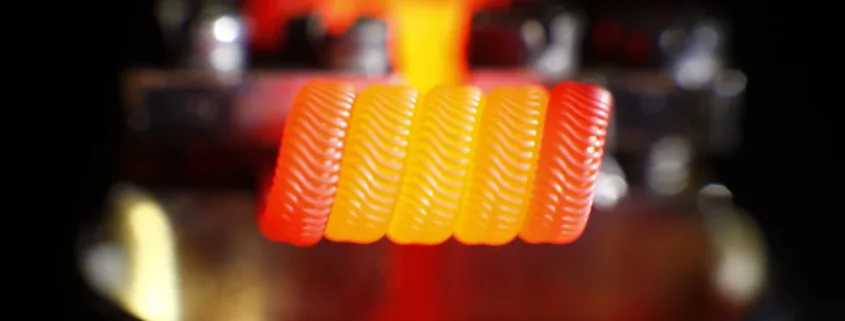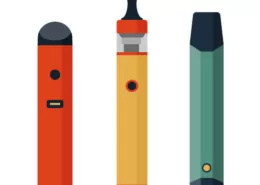The Different Types of Vape Coils and the Principle
Vape Coils – the core component of e-cigarettes, which is responsible for vaporizing the e-liquid.
Basic Principle
The main way this happens is through resistance heating, although there are also examples of ultrasonic atomization.
Resistance heating uses the Joule effect, where an electric current passing through a conductor generates heat, which in turn atomizes the liquid. Joule’s Law describes this conversion of electrical energy into heat energy.
In simple terms, the heat generated by the current passing through the conductor is directly proportional to the square of the current, the resistance of the conductor, and the time the current is applied. The mathematical expression of Joule’s Law is: Q=I²Rt.For a pure resistance circuit, it can be derived that: Q=W=Pt; Q=UIt; Q=(U²/R)t.
Here, Q represents heat, measured in joules (J), I represents current, measured in amperes (A), R represents resistance, measured in ohms (Ω), and t represents time, measured in seconds (s). All these units are from the International System of Units.
Types of Vape Coils
There are many types of vape coils. They can be categorized by the wicking material (cotton or ceramic) and the shape of the heating element (heating wire, heating mesh, printed metal film, etc.).
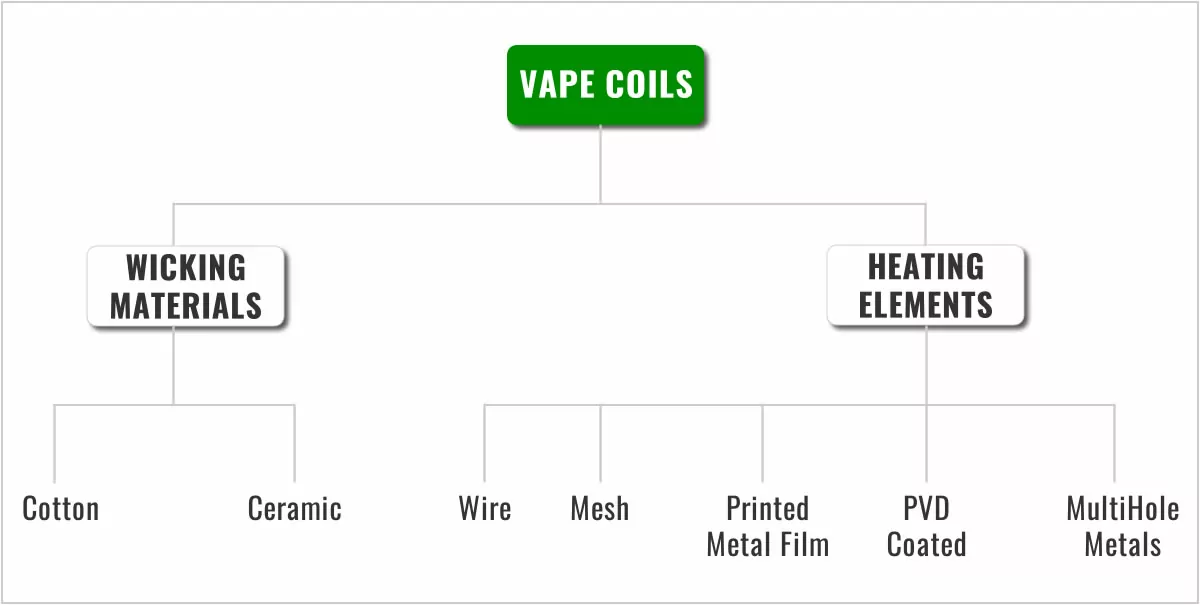
Cotton Cores
Cotton cores are made from cotton, which guides the e-liquid to the heating component. Early cotton cores were heating wires wrapped around cotton, but most are now integrated cotton + etched Mesh Coil.
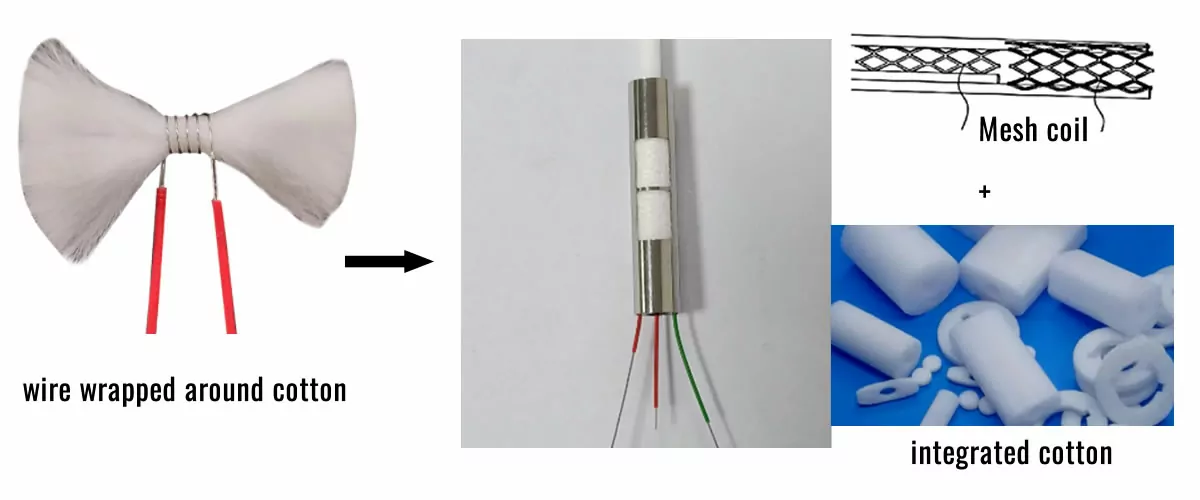
Ceramic Cores
Ceramic cores, on the other hand, are made from ceramic. There are several types of ceramic cores, including embedded wire ceramic cores, embedded mesh piece ceramic cores, and thick film printed ceramic cores.
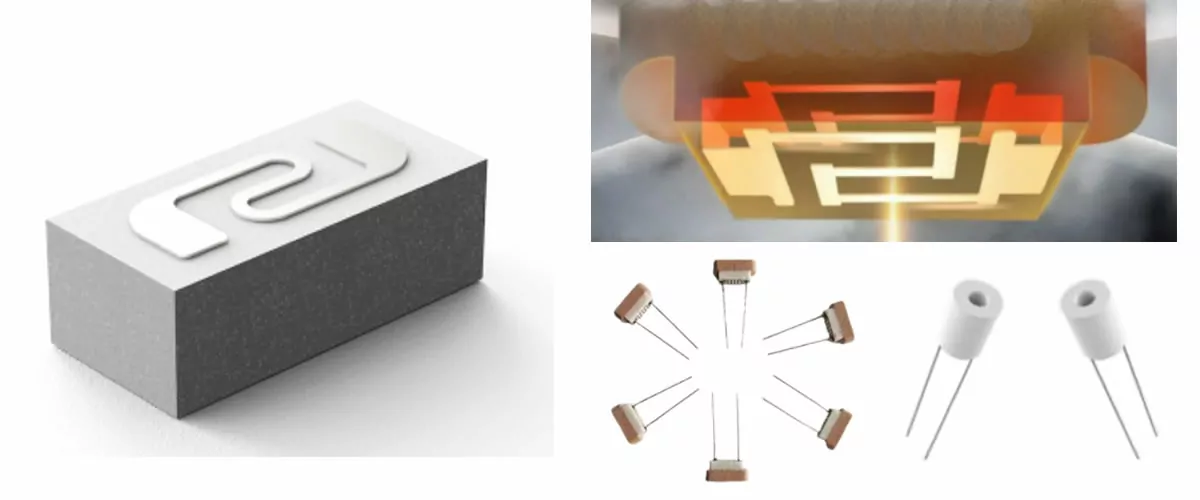
The vape coils is a vital component of e-cigarettes, responsible for vaporizing the e-liquid. Understanding its basic principles and types can help users make informed choices about their e-cigarette usage and maintenance.
- Vape-Linked Stock CEA Industries Surges 650% on $500M BNB Treasury Deal - July 29, 2025
- UK Considers £100 Fines for Vaping at Outdoor Bus Stops - July 29, 2025
- Spain Galicia to Ban All Vape Sales and Use for Minors - July 29, 2025

